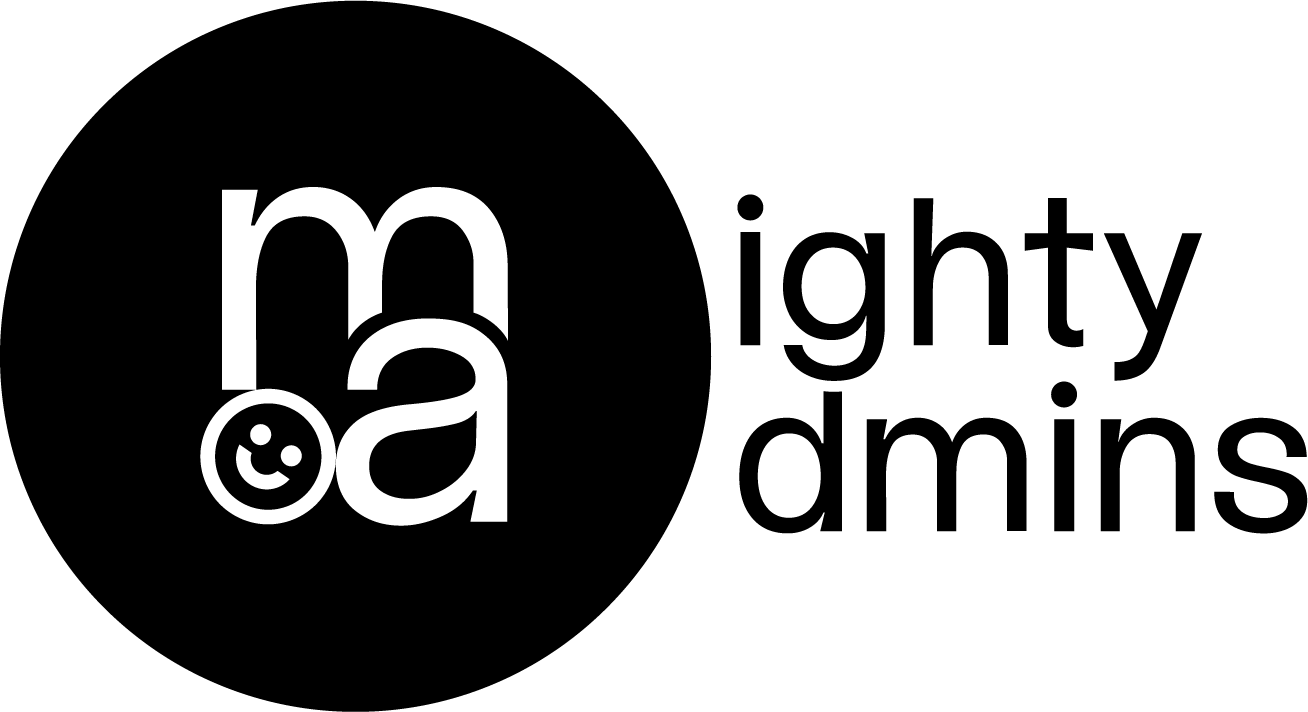New Employee Time Tracking Rules
- 3 minute read
- Legal and Corporate Law
On 23 January 2024, the new rules regarding employee time tracking systems were adopted. This means that no later than by 1 July 2024 all employers in Denmark must be able to document their employees’ working hours. At mighty admins, we can help you with implementation, compliance, and training, so you are ready for these new rules to enter into force!
Highlights:
The employer has freedom of method and can opt for any time tracking system that is Objective, Reliable, and Accessible, and where total daily hours of work and deviations from scheduled or planned hours are tracked.
There are no requirements about tracking which time during the day the work has been done, meaning that your system does not need timestamps or punch clocks.
It is the employer’s responsibility to implement a time tracking system where employees can access their own information, and that the registered data be stored for 5 years after the end of the period on which the average working hour estimate is based.
The employer is not required to invest in specific time tracking softwares for employees, so if a system with time tracking abilities is already implemented, it is sufficient if it lives up to these rules.
There are no specifics regarding the frequency of reporting and updating. The purpose is to ensure that the daily and weekly rest rules (“Hviletidsreglerne”), days off, the maximum weekly working hours are adhered to.
The new rules do not alter the rest rules (“Hviletidsreglerne”), meaning that your employees must still have at least 11 hours of rest (8 in some instances). Furthermore, employees must not work more than 48 weekly on average for more than 4 months.
Only hours where the employee is available to the employer must be registered, hence breaks, etc. do not need to be registered. However, your employees have the right to take breaks if they work more than 6 hours a day – and breaks must be long enough to count as breaks.
There are certain exemptions to these new rules. This applies to self-organizing employees (“Selvtilrettelæggere”), more about that further down.
Why track employee working hours?
In 2019, the EU Court of Justice decided that employers must implement time tracking systems that objectively and reliably register employees’ actual daily working time. These requirements stem from the EU Working Time Directive sparked by the Deutsche Bank case from 2019. This means that all EU member states are required to store documentation about employee working hours.
In other words, you cannot use payslips and rough estimates based on gut feelings as documentation. And yes, there will be penalties for non-compliance or breaches!
At first glance, this might seem like a huge administrative burden. And it is likely to become one if you do not prepare the right tools in advance! However, there are also several upsides to employee time tracking.
The company and its employees can benefit from:
- Increased profitability
- More accurate invoices
- Improved productivity
- Better workflows
- Better internal communication
- Transparency and compliance
- Better structure and overview
- Identification of patterns in well-time
- Better resource allocation
- Limits overtime work
- Better foundation for work-life balance

Requirements for employee time tracking systems.
The specific requirements to time tracking systems do not require specific features. But the system must be objective, reliable, and accessible.
If your employees have a scheduled or planned workday, they are only required to track deviations from this.
In practice, it means that employers can prepare pre-filled schedules where employees would only need to update with changes or deviations. This can make the workload significantly easier to handle. And as many workplaces nowadays are hybrid or flexible, the lack of requirements for time stamps or punch clocks makes it simpler to document.
Time tracking policy.
The company must have a time tracking policy. This must clearly instruct the employee in what is and what is not considered working hours, and what must registered where, when, and how.
It ought to state that the employer will oversee and control the registered data to check correctness and compliance, and ensure that the employee does not end up in the too-much-work danger zone. In other words, there must be documentation to show that certain actions are taken to ensure that the employees can adhere to the new rules.
For compliance, employees must be able to access their working hours data, and employers must store documentation for 5 years after the end of the period on which the average working hours are based.
Employees exempt from time tracking.
Some employees may be exempt from time tracking requirements. This applies to “self-organizers” (“Selvtilrettelæggende”) employees, which may include certain senior managers, some academics, experts, or senior lawyers. The common theme here is that the arrangement of working time is entirely up to the employee, or it is impossible to schedule their working hours in advance.
Partially fixed hours do not make the employee exempt from time tracking.
It must be stated in the employment agreement that the employee is not covered by the rules of the Act of Working Hours. These rules include rest rules, breaks, and maximum weekly working hours. It is always an individual evaluation of each employee – groups or departments cannot as such be considered “selvtilrettelæggende”.
In hybrid and flexible workplaces, it can be challenging to document that rest rules and weekly-day-off rules are adhered to. Here, it is important to have clear guidelines on time tracking.
Some businesses can be exempt from rest rules. This happens through collective agreements and with special applicable laws.
Employee Time Tracking and GDPR.
All GDPR rules must be adhered to, risk assessments must still be conducted, and employers must have documentation proving that the processing of personal data is done in a compliant manner. So time tracking must be worked into the company’s current workflows and GDPR processes for compliance.
GDPR policies for internal use must be updated to reflect the new system. Also, new privacy notices must be distributed, and the company’s Data Processing Agreements must be updated if a new software or program is implemented.
At mighty admins, we can assist you with:
Ensuring that you as an employer comply with the new directive.
Monitoring working hours and rest time.
A walk-through of the company’s needs regarding systems.
Ensuring an easy process and implementation, incl. training of employees.
… And much more!






